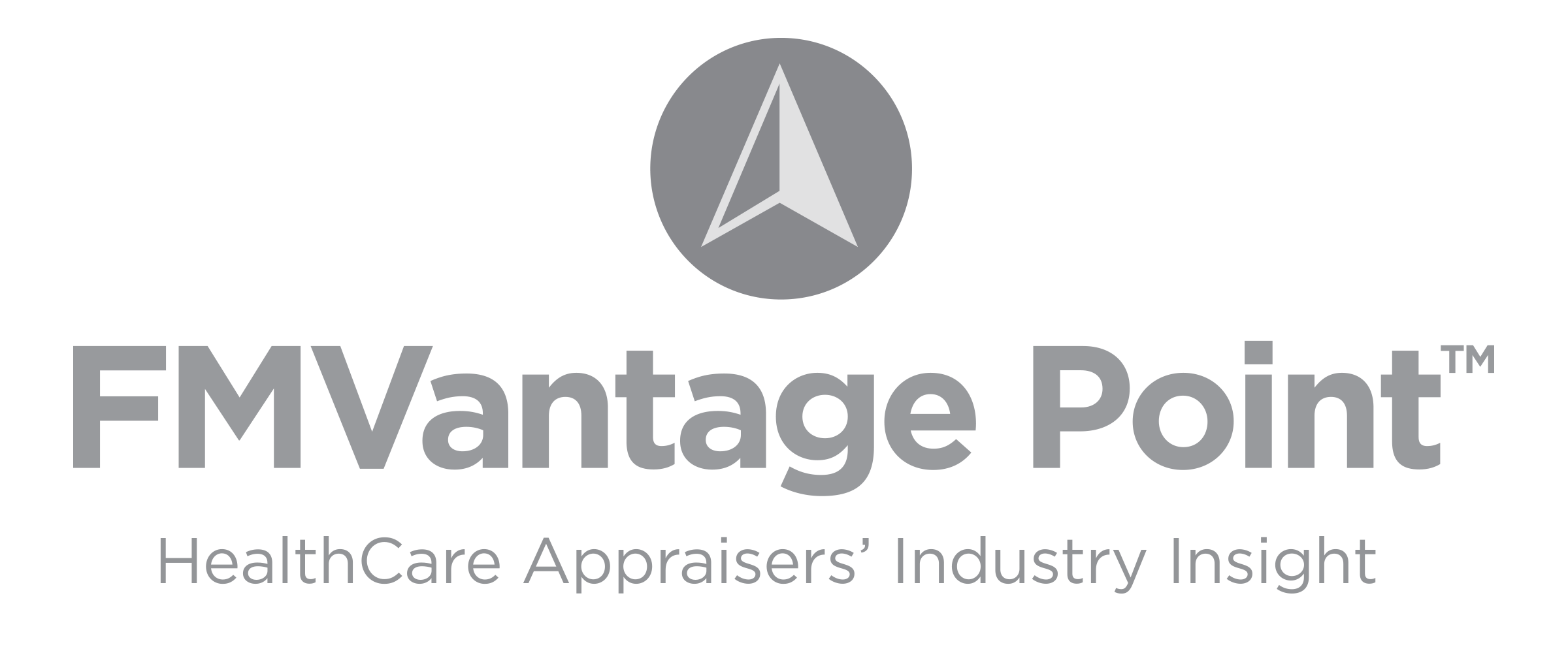Authors: Berta Narohna and Adam S. Polsky, MBA, CVA

On-call coverage for hospital emergency departments and unassigned inpatients has historically been provided mostly or exclusively by physicians. Increasingly, call coverage now involves use of advanced practice providers (“APPs”) such as nurse practitioners (“NPs”) and physician assistants (“PAs”) to supplement physician coverage. There are numerous reasons for this.
One reason is the expanding scope of practice for APPs. According to an article published by the American Association of Nurse Practitioners, 22 out of the 50 states, as well as the District of Columbia, Guam and the Northern Mariana Islands, presently allow full practice for NPs, which allows NPs to “evaluate patients; diagnose, order and interpret diagnostic tests; and initiate and manage treatments, including prescribing medications and controlled substances, under the exclusive licensure authority of the state board of nursing.”[1] In some states, full practice authority extends to PAs as well.
Where APPs have authority to evaluate, diagnose, order and interpret diagnostic tests, their participation in on-call schedules:
Improves Access to Care, allowing for more reliable and steady on-call access to essential healthcare services in otherwise underserved and rural areas where there is a shortage of physicians.
Decreases Overall Burdens on Physicians, allowing a limited supply of available physicians[2] to focus on the most acute, complex cases, including scheduled patient care services.
May Reduce the Cost of On-Call Coverage for the Hospital Paying for On-Call Coverage, allowing more efficient use of available dollars, particularly for rural, safety-net and other types of hospitals that may otherwise struggle with low margins.
As a relatively new paradigm in an environment in which rules and regulations (for example, regarding scope of practice) vary by state, the practice of paying for on-call coverage by APPs raises some questions about the fair market value of on-call coverage. In circumstances in which APPs have a limited scope of practice and require physician oversight in the form of back-up availability or co-signature on orders or charts, the physician burdens may still be relatively high and the fair market value and aggregate cost of on-call coverage may be similar to those of physician-only coverage. On the other hand, in circumstances in which APPs have full practice authority and are utilized for on-call coverage, the fair market value and aggregate cost of on-call coverage may be significantly lower than for physician-only coverage.
FMV Pitfall: There are certain advantages to utilizing APPs for emergency department and unassigned inpatient call coverage services. As these arrangements become more common, parties should carefully consider the impact on physician call burden, the related fair market value of compensation to be paid to the physicians who participate in the on-call rotation, and the overall fair market value of the coverage arrangement.
[1] Source: http://www.aanp.org/advocacy/state/state-practice-environment.
[2] According to one study conducted by the Association of American Medical Colleges, the U.S. will face a shortage of as many as 120,000 physicians by 2030. This projection is particularly distressing given the critical need for physicians to treat an aging population, which by 2030 is predicted to increase by 50%.
